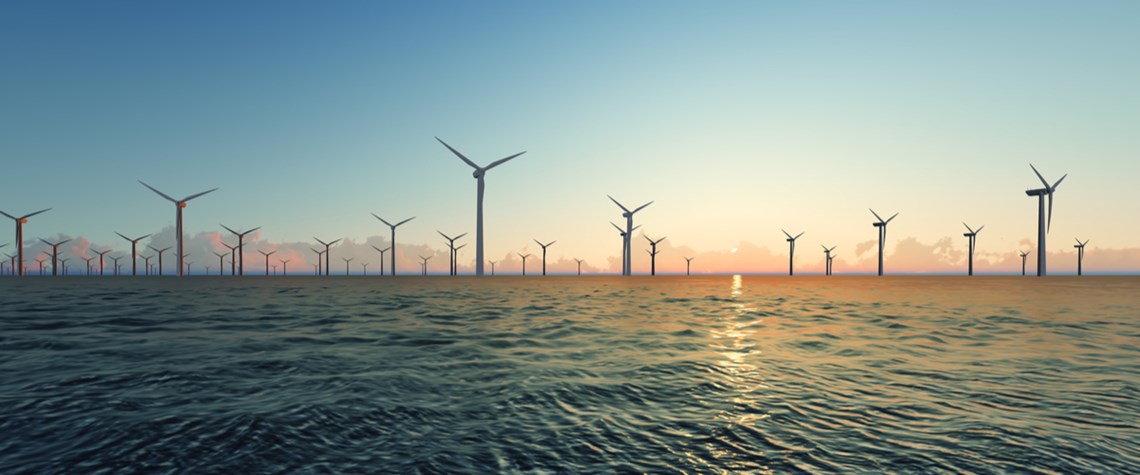Growing scale of offshore windfarms attracts IOCs
Projects in deeper waters and at higher specifications are more closely aligned with the offshore oil and gas industry’s strengths and provide portfolio decarbonisation benefits
Global offshore wind projects are moving farther offshore into deeper waters, driving the need for higher-spec equipment and more capable contractors. This could present an opportunity for oil and gas developers to make up for lost projects as countries transition away from fossil fuels. The majority of today’s installed offshore wind capacity is located in waters less than 30m deep, but developments are gradually entering deeper areas where winds are stronger and offer more potential energy output. The average depth of commissioned projects worldwide surpassed 30m for the first time in 2019 and is set to exceed 40m by 2023 and 50m by 2025, according to industry analysts at IHS Markit. But m

Also in this section
28 November 2025
The launch of the bloc’s emissions trading system in 2005 was a pioneering step, but as the scheme hits 21 its impact as a driver of decarbonisation is still open to debate
18 November 2025
Vicki Hollub, president and CEO of Occidental, has been selected as the 2026 recipient of the Dewhurst Award, the highest honour bestowed by WPC Energy. The Dewhurst Award celebrates exceptional leadership, groundbreaking innovation and a lifetime of significant achievements in sup-port of the development and advancement of the energy industry.
11 November 2025
Transition policies must recognise that significant industrial demand for carbon will continue even as economies hit net zero
6 November 2025
After years of pursuing ideologically driven climate leadership, Western powers are now stepping back under mounting political pressure and rising populist opposition—prompting concern essential climate action could be sidelined







